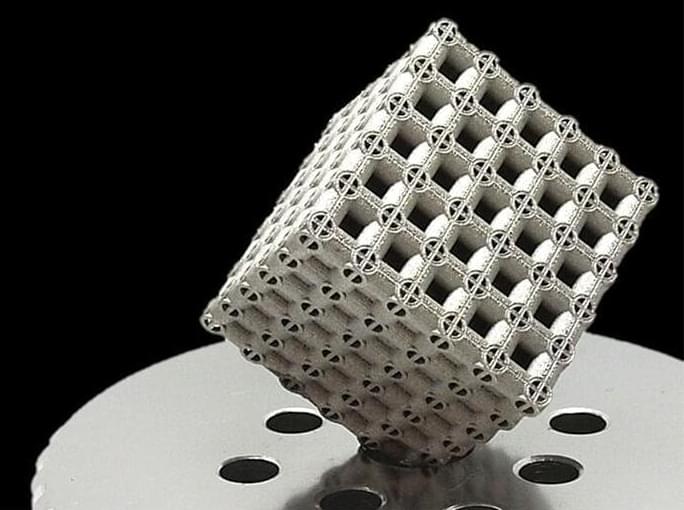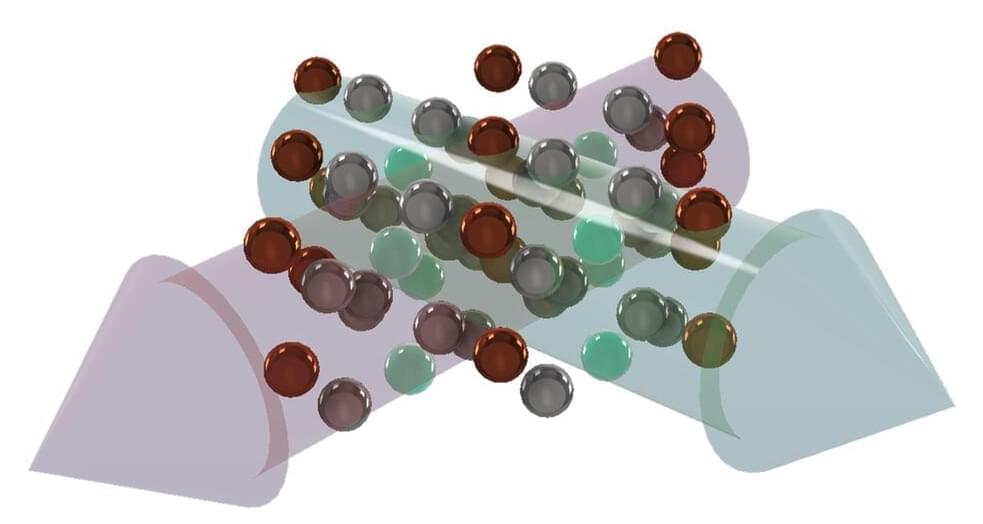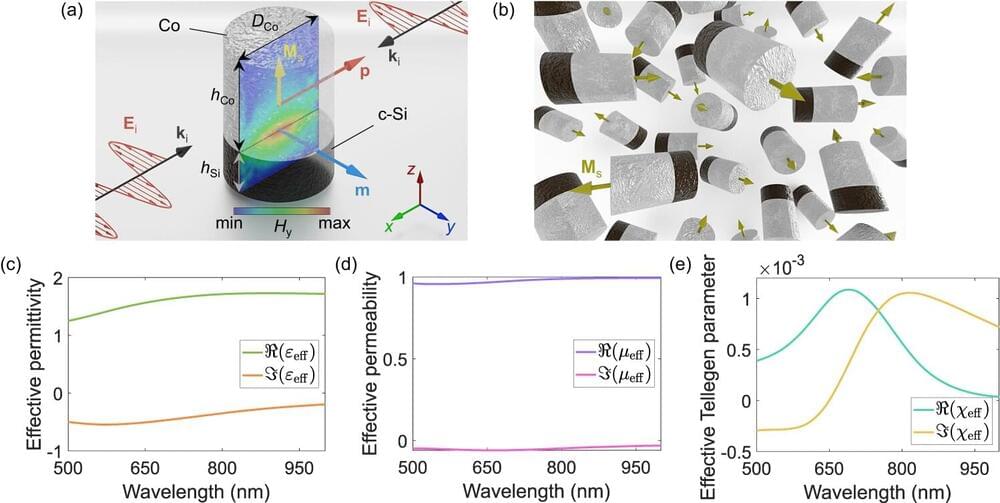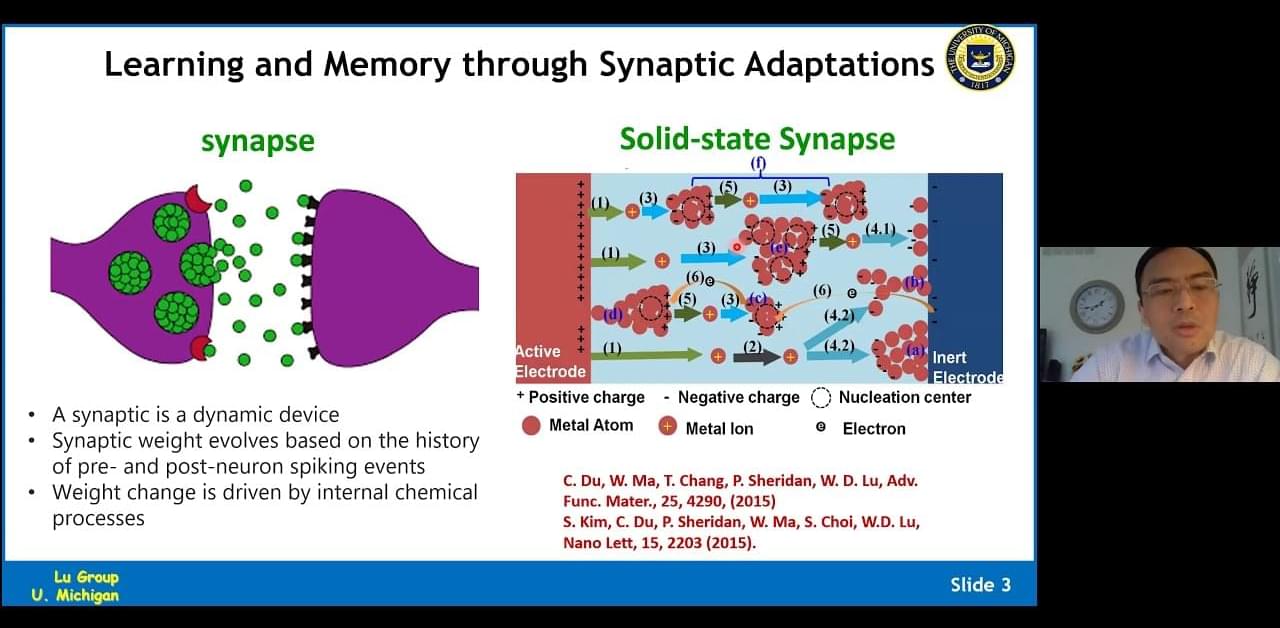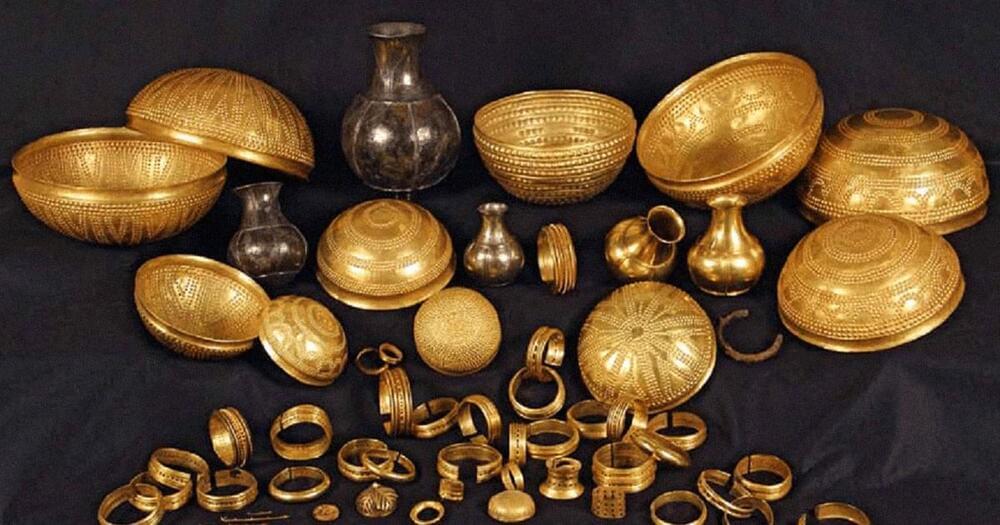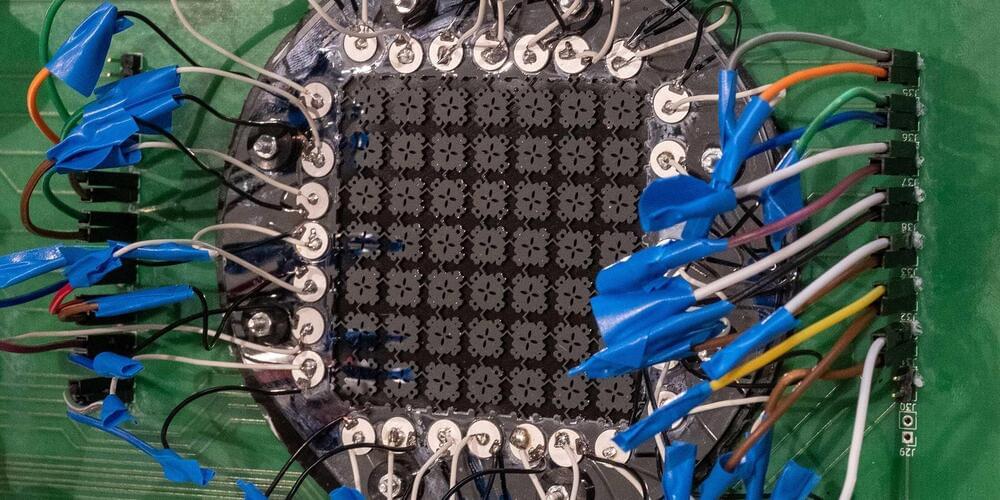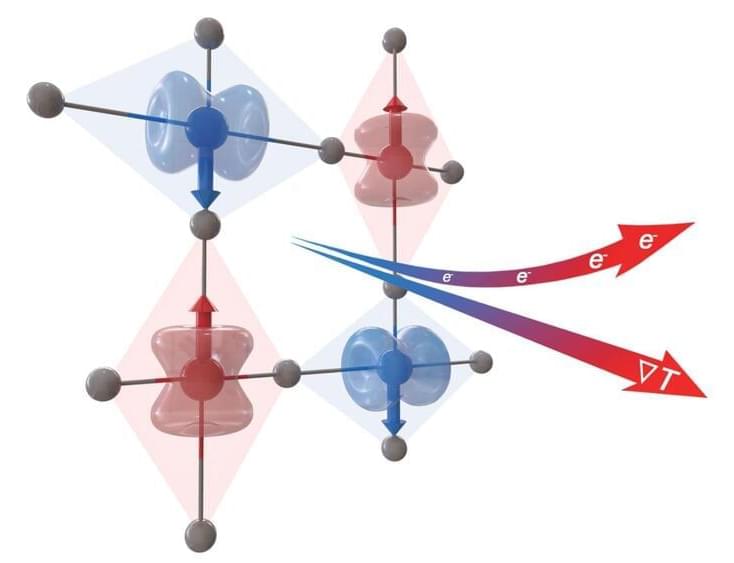Feb 16, 2024
Titanium-based metamaterial unlocks strength beyond nature
Posted by Dan Breeden in categories: biotech/medical, materials
A groundbreaking titanium metamaterial with unparalleled strength and versatility could revolutionize manufacturing and high-speed aviation.
A lightweight, high-strength titanium material has been engineered that could lead to stronger medical devices and innovative vehicle and spacecraft designs. The research team used a common titanium alloy, Ti-6Al-4V, to construct the “metamaterial”, a term used to describe an artificial material that possesses unique properties not observed in nature — meta means “beyond” in Greek.
Many such intricate and surprisingly strong structures do exist in nature, like that of the Victoria water lily. Native to South America, this gigantic floating leaf is strong enough to support an adult owing to the unique lattice structure of it veins.
